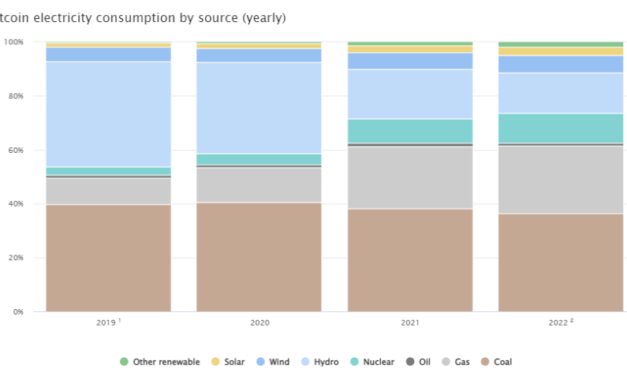The Agenda podcast chats with Energy Web on how to fight climate change with help of blockchain
Energy Web CEO Jesse Morris explains why blockchain can make “going green” more efficient, how fighting climate change is easier and why they are building on Polkadot.
Čítaj viac












